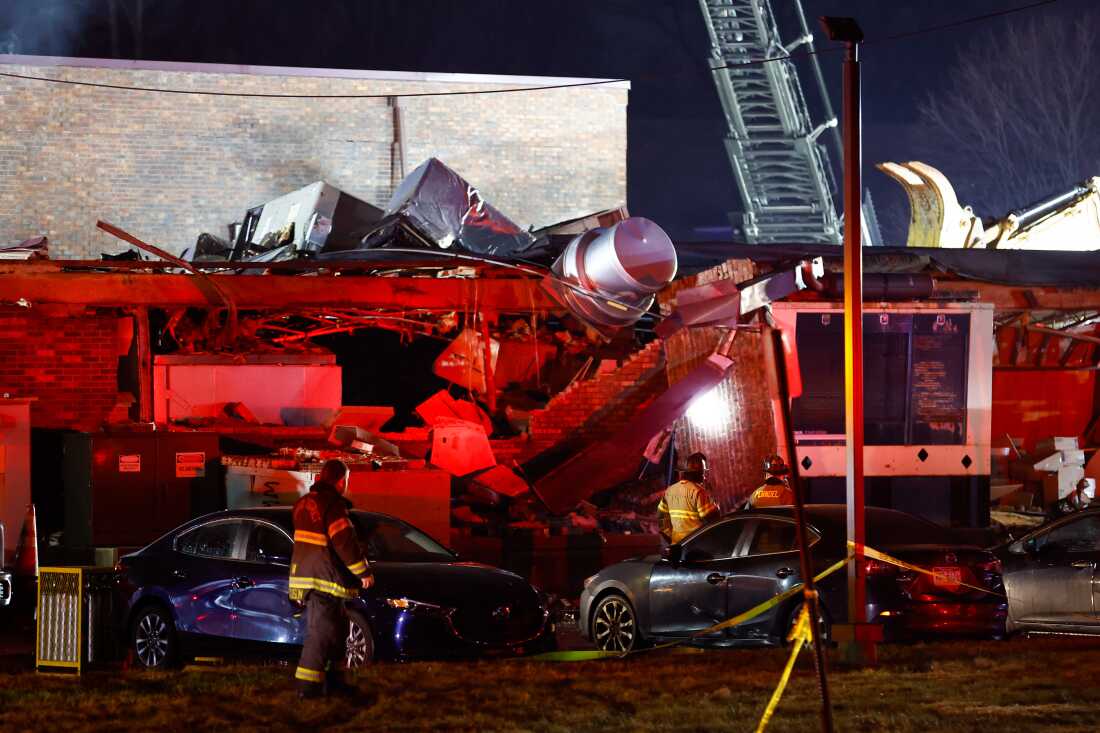The last few weeks will be remembered as a historic turning point in global efforts to regulate the digital economy. In the past few days alone, we’ve seen the beginning of the third US vs Google antitrust case, as well as an EU ruling against Google and Apple.
Meanwhile, this summer, a federal judge found that Google’s search business held an illegal monopoly, the FTC launched a landmark investigation into digital price discrimination against individuals online, and commerce secretary Gina Raimondo — often considered one of the more business-friendly members of the Biden administration — gave a forceful endorsement of the fight against monopoly power at the Democratic National Convention.
Add to this the French crackdown on Telegram founder Pavel Durov, and Taylor Swift’s endorsement of Kamala Harris in a post repudiating online disinformation, following Trump’s repost of AI deepfakes of her endorsing him. All of it has captured global headlines.
The upshot? While it will still take several years to build up the regulatory structures and legislative solutions needed to truly put digital platforms back in service to average citizens, we can declare a certain narrative victory over the arguments put forward since the 1990s by the largest technology platforms in order to entrench their power.
For example, it has now become quite clear that, no, Big Tech isn’t somehow unique among industries and thus deserving of special rules. And, yes, digital commerce and communication should follow the same guidelines as their bricks and mortar peers.
This philosophical shift began with two federal rulings finding Google an illegal monopoly. The third Google case, which began last Monday, will go further, shedding new light on the plumbing of online advertising. This should show the asymmetry of power that exists between Google and content creators and advertisers, as well as how surveillance capitalism as a whole has created the conditions necessary for companies of all types to algorithmically discriminate against their own customers.
Take the first point. Google’s surveillance capacity over publishers and advertisers allows it to potentially undercut advertising rates of various competitors in order to bolster its own advertising business.
But Google’s surveillance goes beyond just advertisers themselves. As a digital middleman, it can collect information about nearly everything we do online — work, play, access government services, talk to our doctors, our families and our banks, book vacations, buy homes, study for degrees.
That information can then be used by advertisers to give us different prices for different products and services. Ever feel like maybe you were being charged more for hotels, for example, because you are a business traveller used to paying full freight on an expense account? You probably are, and, if so, that’s illegal.
As the FTC put it in a recent statement launching a deep investigation into algorithmic price discrimination, while the transparent use of freely given information to price products and services is normal, “now data collection has become common across devices, from smart cars to robotic vacuums to the phones in our pockets. Many consumers today are not actively aware that their devices constantly gather data about them, and that data can be used to charge them more money for products and services. An age-old practice of targeted pricing is now giving way to a new frontier of surveillance pricing.”
The new investigation chimes with several Department of Justice cases brought by top US antitrust enforcer Jonathan Kanter, who has brought a record number of cases during his tenure. More important than the breadth is the approach. His department has pulled ahead on issues like algorithmic pricing before private actors were able to build a body of judicial victories in lower courts that would make it hard to do so.
In 2022, Kanter launched what he calls Project Gretzky, named after ice hockey great Wayne Gretzky, because as he puts it, “what made Gretzky great is that he skates not to where the puck is, but to where it’s going.” When you are dealing with large technology platforms that can leverage the network effect to create competitive moats around areas entirely outside their own industries — such as healthcare, groceries, automobiles, or AI — that kind of prescience is crucial.
It will take years to declare practical victory as fights play out over individual cases in industries from retail to farming, housing to insurance. These battles will dovetail with other policy areas, like the reformation of the global trading system and the adoption of new digital trade rules, or national security issues (digital espionage and chokepoints are a major worry for many governments around the world).
Still, the tipping point is clear. And while Harris has been sympathetic to Silicon Valley, I suspect the regulatory efforts will continue if she wins, in part because of her concern about civil liberties and discrimination. Big Tech’s business model has allowed individuals to be spliced, diced and discriminated against in myriad ways. That’s now starting to change. As we understand through these cases just how problematic the model is, and in how many ways our lives are affected, I suspect that digital rules will finally catch up to reality.
rana.foroohar@ft.com










































